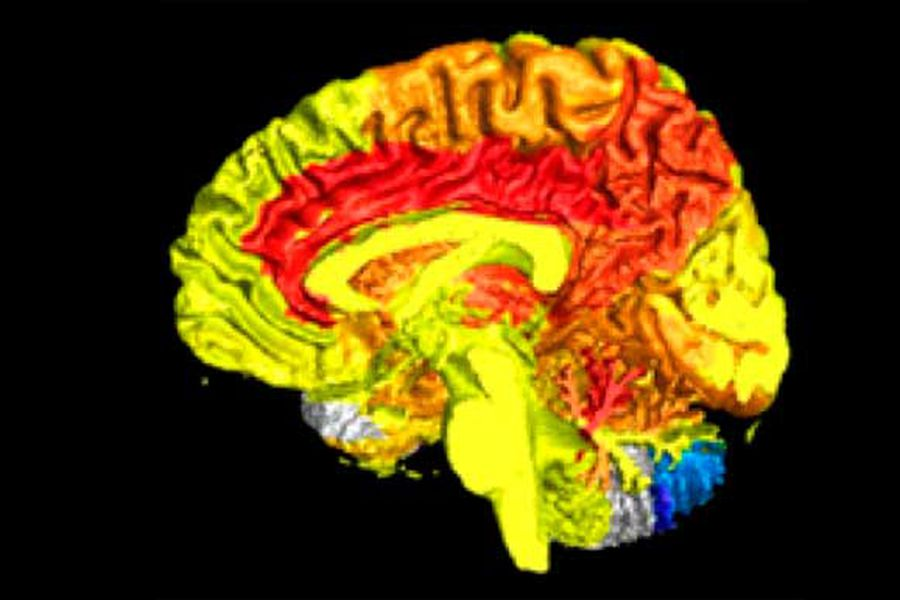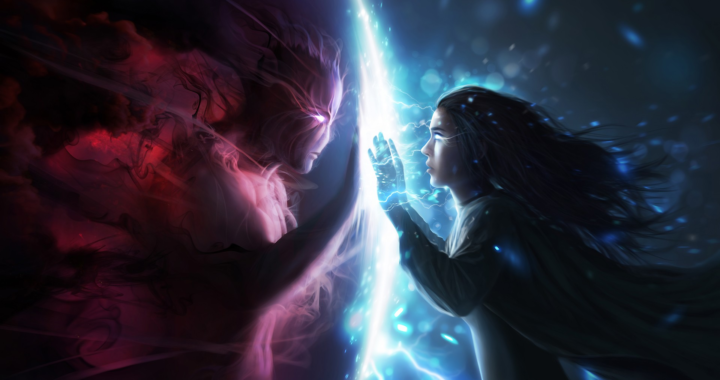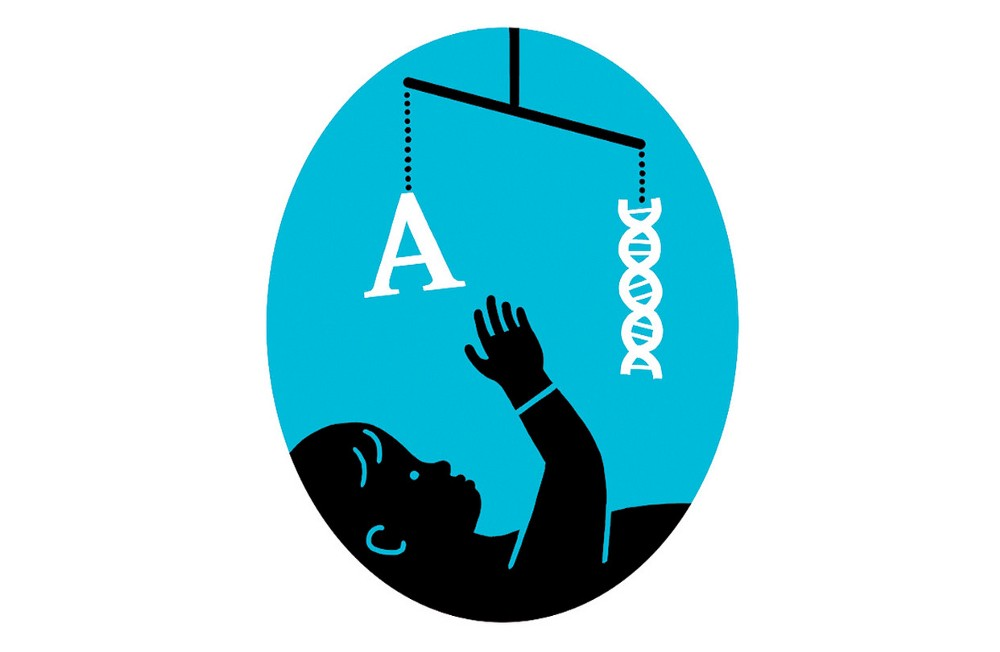Dr. Daniel Amen is a controversial psychiatrist who runs a successful chain of brain health and treatment centers. During the course of his work, his labs have accumulated perhaps the world’s largest collection of brain single photon emission computed tomography (SPECT) scans. In 2017, Amen and team published an analysis of this data set that explored the difference between men and women.

These SPECT images reflect regional blood flow in the brain, which serves as a proxy for overall brain activity. The study’s overall finding was that women have more active brains.
Here are some specific observations:
- Women have more activity in the cingulate cortex and precuneus (the red areas in the above). This large group of zones includes brain areas associated with joy, sadness, concentration, shame, guilt, criticism, autobiographical stories, 3rd-party perspectives, character acting, self-history, self-reflection, and deciding that it is time to change strategies. This is a larger manifest of brain areas than I am willing to elaborate upon in this post.
- Men have more activity in the anterior temporal lobes. The anterior temporal lobe zone includes areas
- TGd (Pheme/Aesop) associated with knowledge of famous people/allegories
- PeEC (OBJECT RECOGNITION/RECENCY/FREQUENCY) an area involved in object familiarity
- TGv (Kandinsky/Alex Grey) associated with local and global properties, respectively, and represented by painters whose art exemplifies these concepts
- TE2a (Pliny/al Kindi) Pliny wrote the first encyclopedia, al-Kindi was the polymath founder of Arab philosophy
- TE1a (Tenjin/Aja) Tenjin, the Japanese god of scholarship, and Aja, the Yoruba goddess of zoology, botany, potions, and healing herbs.
- Men have significantly more activity in Crus I and Crus II. These are the main parts of the cognitive cerebellum, and have functional connectivity with the main cortical associative networks. Crus II is assigned Chronos, the Greek deity of cyclic time, and left and right Crus I are assigned Postvorta and Antevorta, after the Roman goddesses of history and the future, respectively. This reflects the hypothesized roles of Crus I and Crus II in projecting thoughts and actions into the past and future, for error correction purposes, before validating a thought back to the cortex via the thalamus.
This maps rather easily to the psychology adage “women empathize, men systematize”. I have given the cingulate and precuneus a brief description here, and will elaborate in a future post.
As far as the question of innate behavioral sexual dimorphisms vs. socially-constructed gender roles, this one study cannot address this. I am interpreting the image based on its neuromythographic archetypes–archetypes that have been honed across thousands of neuroscience studies, and not fitted to this particular study.





